Designing for basic Human Needs
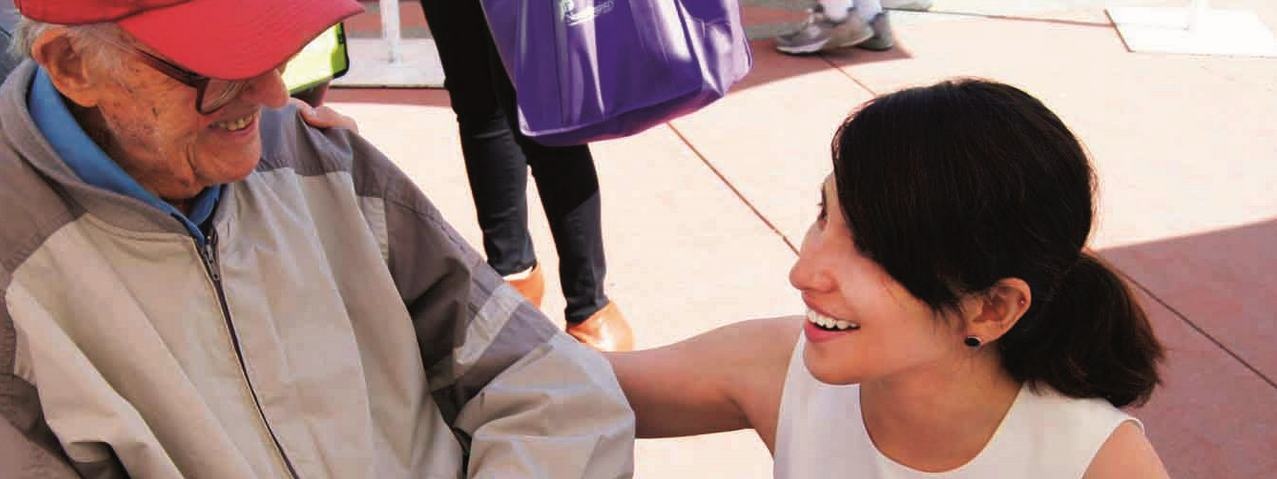
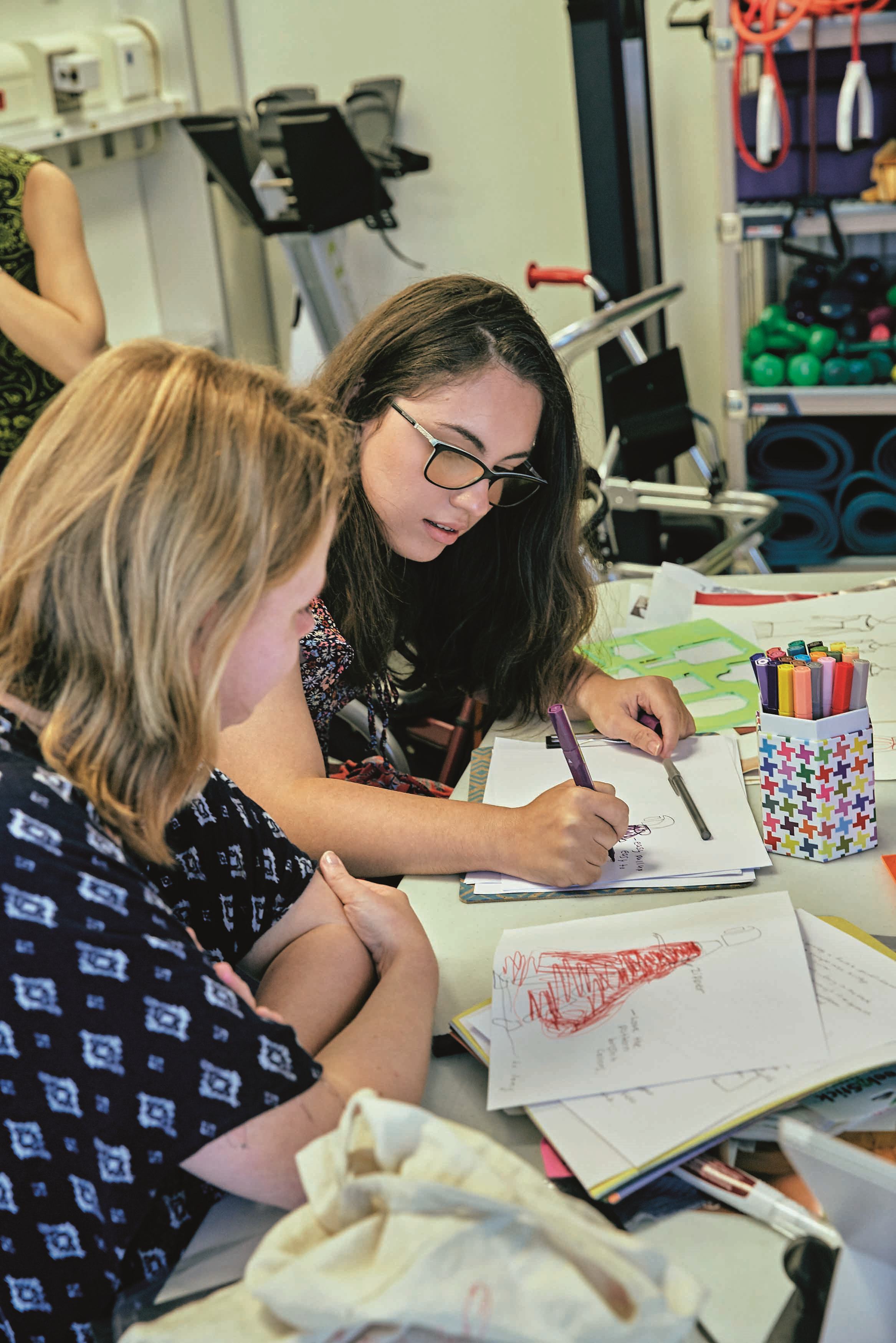
|
Design, and designers, exist in a complex new age and work within a vastly increased range of actors and design considerations. Beyond the creation of a standalone product or service, successful design is now also gauged on how effectively connections amongst people, products, and services are realised. Consequently, the 2020 series of Signed is dedicated to understanding why people’s need must always be the starting point for any designed solutions.
|
The concept of Human-centred Design has been central to helping us understand the potential of Design to make positive impacts within societies. In Signed #22, we concentrated on the principles, processes and strategies used by Social Design organisations to stimulate social change. In Signed #23 we focused on Wellness Design services, introducing practical examples of projects that give hope, dignity, and social connection to individuals and communities. In this final installment, Signed #24, we extend these themes and highlight a selection of products that demonstrate the capacity of Human-centred Design to help overcome pressing physical and social divides. Our first story, Life Café, shows how carefully designed communication spaces can reduce people’s resistance to talking about important subjects and difficult transition periods in their lives. The second story, Open Style Lab, provides a compelling example of participatory design enabling people living with a disability feel more included in mainstream society. The third story, Eatwell Assistive Tableware, demonstrates how needs-appropriate design can restore dignity and pleasure, to the rudimentary act of taking a meal. Our fourth story, Empathy Toy, highlights the importance of play as a way to build and refine the foundational skill of empathy and foster harmonious interaction under challenging circumstances. Finally, by way of conclusion to the three issues, is a discussion with Professor Kees Dorst, which explores the significance of the previous twelve stories using the lens of values-based design. His argument, that only by identifying and responding to our deepest human values will we be able to address the most pressing challenges in our society, is both compelling, and a fitting conclusion to this three-part exploration of Human-centred Design. |

|
Others

Latest News | 1 December 2020
Music Therapy Tea House
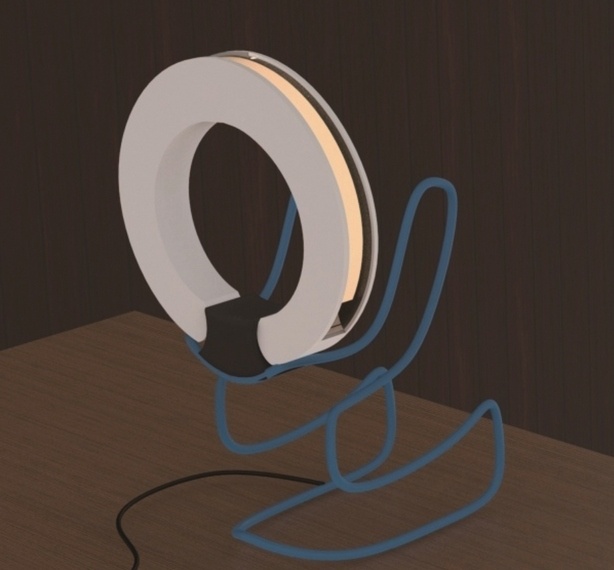
Latest News | 1 December 2020
Human Light

Latest News | 1 December 2020
Reasy
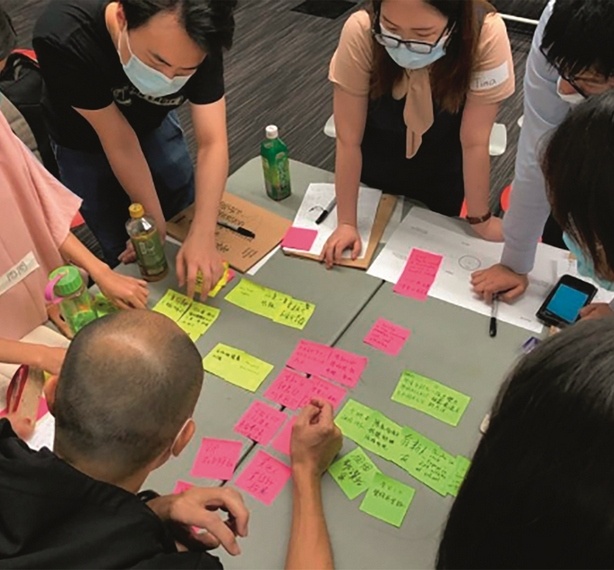
Latest News | 1 December 2020
Design Thinking PMQ

Latest News | 1 December 2020
New Generation, New Force
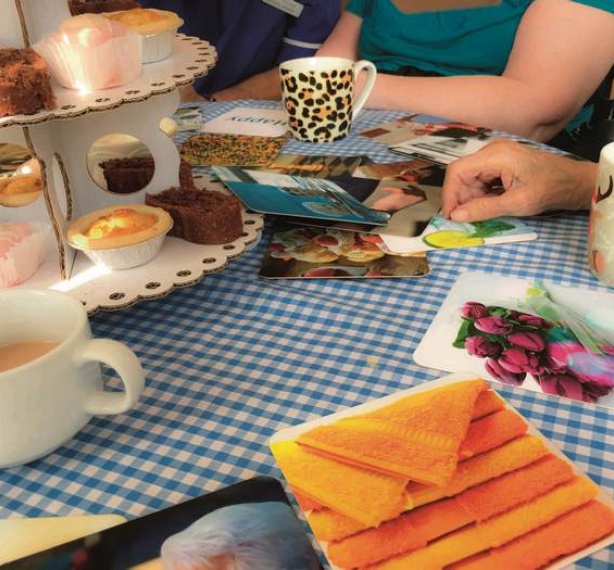
Latest News | 1 December 2020
Sharing about Death Gives Meaning to Life
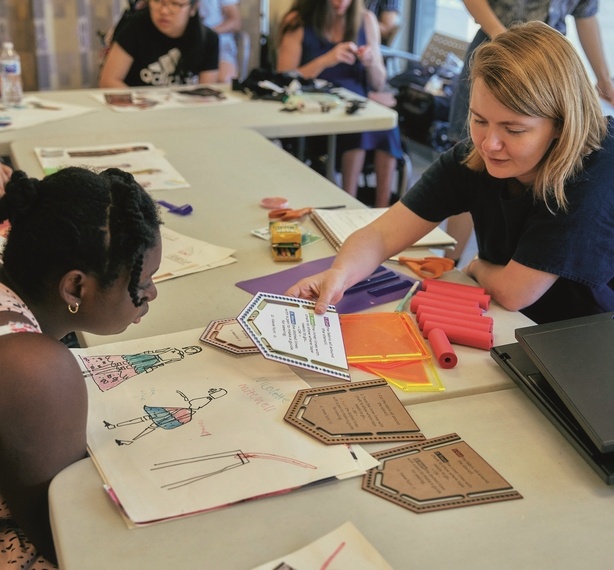
Latest News | 1 December 2020
Functional Fashion is a Bridge to Society
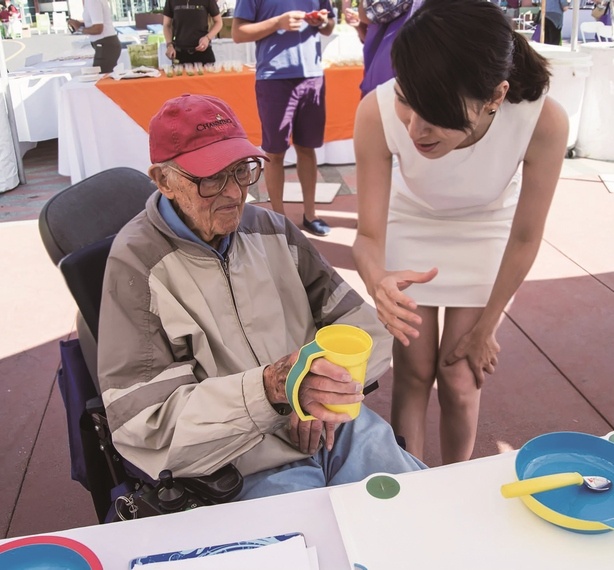
Latest News | 1 December 2020
Tableware Designed with Love
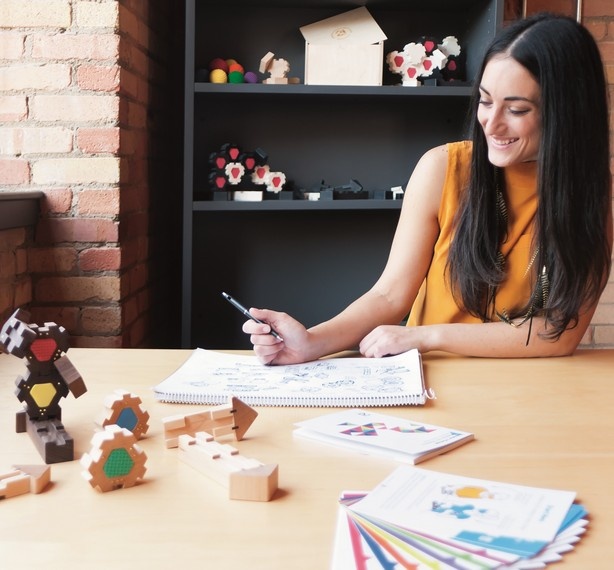
Latest News | 1 December 2020
A Toy for the Twenty-first Century
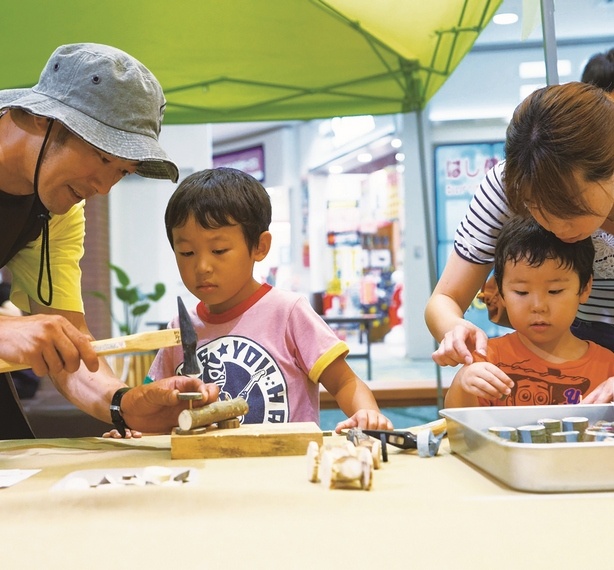
Latest News | 1 December 2020
Value-based Design as a path to Action
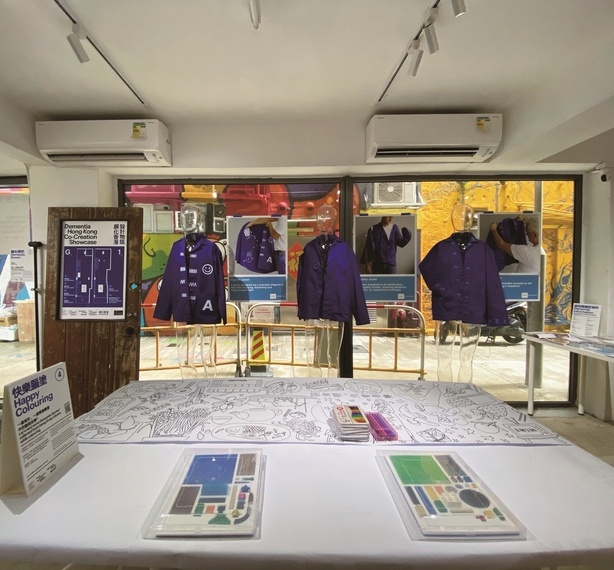
Latest News | 1 December 2020
Design by People for People

Latest News | 1 December 2020
Stories to Drive Change
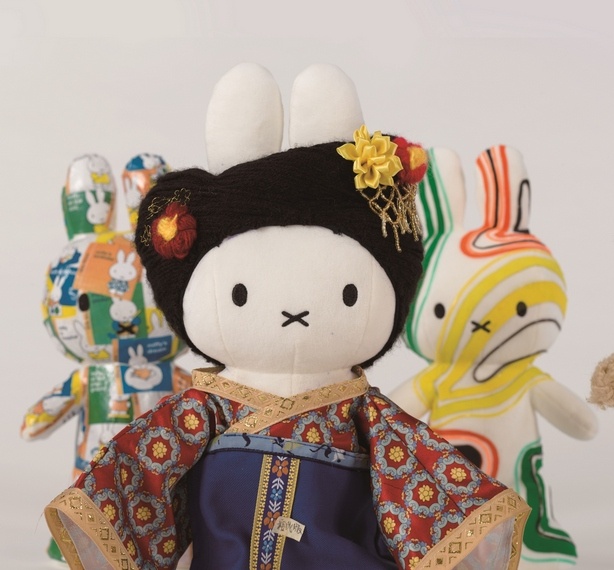
Latest News | 1 December 2020
Miffy
Latest News | 1 December 2020
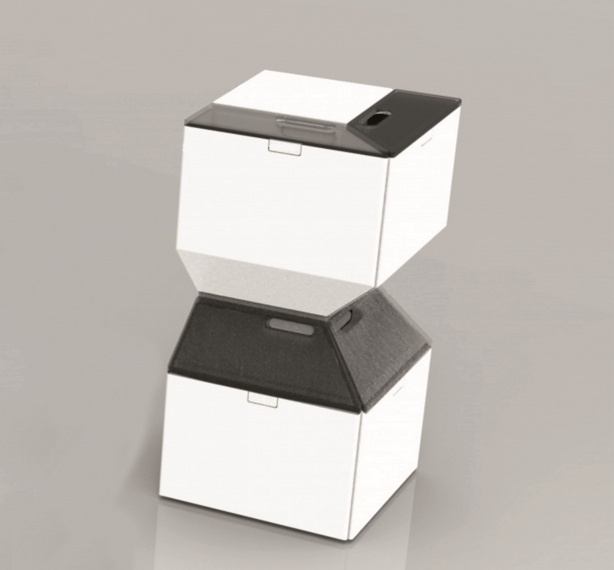
Latest News | 1 December 2020
